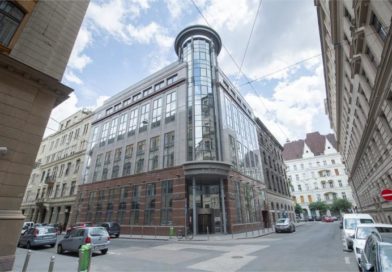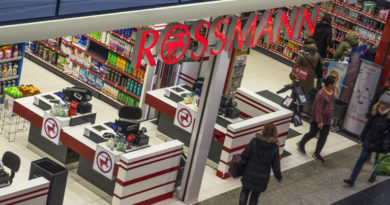Large scale expansion planned by retailers in 2013
Global retailers will continue to expand store networks in 2013 alongside the development of multichannel strategies, with 20% aiming to open 30 stores or more in Europe, Middle East and Africa (EMEA) by the end of the year – and nearly three quarters aiming to open five or more stores – according to new research from CBRE. Retailer demand for opening shops in Hungary has declined significantly.
With multichannel retailing becoming increasingly important, online hopping remains an important area of growth alongside store expansion.Cross-border retailerswill continue to develop online transactional capability in new markets in 2013, with 40% looking to expand their geographical online coverage, up from 28% last year. Last year, retailers’ plans were more focused on expanding online product coverage. Only 27% of retailers have no significant plans to enhance their transactional capability in 2013.
Retailers’ overall expansion ambitions for 2013 have not changed significantly from 2012. A similar proportion of retailers plan to open 10 stores or less (44%). One third of retailers – more than last year – plan to open 11-30 stores, reflecting an ambitious but realistic level of expansion given the difficulty in accessing prime space in many markets. However, large scale expansion plans are still on the agenda for many retailers with 20% looking to open more than 30 stores compared to 25% last year.
“The news – direct from the retailers themselves – is that multichannel will lead to greater investment in new and existing stores, as it is seen as something that enhances rather than replaces the idea of shopping as a social activity. The internet has been regarded in apocalyptic terms by many retail market-watchers; however, we believe these fears are overdone and multichannel should be viewed as complementary as well as in competition.”Peter Gold, Head of Cross-Border Retail – EMEA, CBRE, commented.
The most important target for retailers in 2013 is Germany (54% of retailers), reflecting its strong economy within the eurozone area. Twenty new international brands entered the German market in the first half of 2012 with the luxury and upmarket sector providing most of the new arrivals, including Paule Ka, Belstaff, Stone Island, Loiza, Zadig & Voltaire, Tory Burch and J. Lindberg.
Although retailers will target a wide variety of markets in 2013 they are still seeking to minimise risk.All other countries in the EMEA region will be targeted by fewer retailers than in 2012, with the next most sought markets: Austria (25%), The Netherlands (24%), United Kingdom (24%), Poland (23%), Spain (23%) and France (22%).
Due to the macro economical outlook in 2013 much fewer retailers are planning to expand their networks in Italy (19% vs. 46% in 2012), Russia (12% vs. 35% in 2012), Portugal (7% vs. 22%), Hungary (5% vs. 14% and Greece (4% vs. 13%). Beside Germany only Oman has become more attractive for retailers; in 2013 6% of the retailers are planning to open new stores in Oman up from 4% in 2012. In CEE most retailers have reduced their desire to expand, with Poland still the most popular target destination (23%), followed by the Czech Republic (15%), Russia (12%), and Romania (9%) and Hungary falling substantially (5%), followed closely by Slovakia (4%) and Bulgaria and Serbia (3%).
Anita Csörgő, Head of Retail at CBRE Budapest added that she has not perceived such negative sentiment regarding the Hungarian retail market in her 15 years in the market which she credits mostly to the general negative international image of Hungary in addition to economic and legislative uncertainty. “Actual trading results for most retailers have not been poor for their Budapest stores in 2012, especially in comparison to other CEE countries. Most retailers report stagnant turnover results and in some segments have actually seen increases in the past 12 months. Profit margins have, however, declined due to the decreased spending power of the local population is not allowing retailers to increase prices while costs and VAT have increased.”
Csörgő sees an opportunity to contradict this negative attitude by encouraging retailers to focus on the much stronger greater Budapest retail market which compares quite favourably to other regional capitals in terms of demographic trends. It will take several years of positive GDP growth though to increase trading results and general attractiveness of Hungarian regional cities which are by far much smaller markets.































